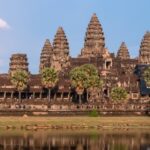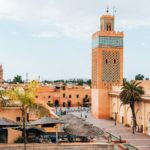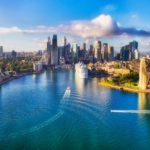Berlin is the capital of Germany. It is a very large city with 3.7 million inhabitants, making it the European Union’s most populous city. Filled with decades of textured history, Berlin has a very vibrant culture too. You are indeed in for a good time as Berlin is the city that truly never sleeps. Mostly renowned as Germany’s greenest city, there are lots of open spaces to breathe and take in the views Berlin has to offer. Photograph Berlin’s sights or experience events, this global city of culture, politics, media, and science has much to offer whilst you are there.
Get the most of Berlin with these 19 things to do …
Brandenburg Gate
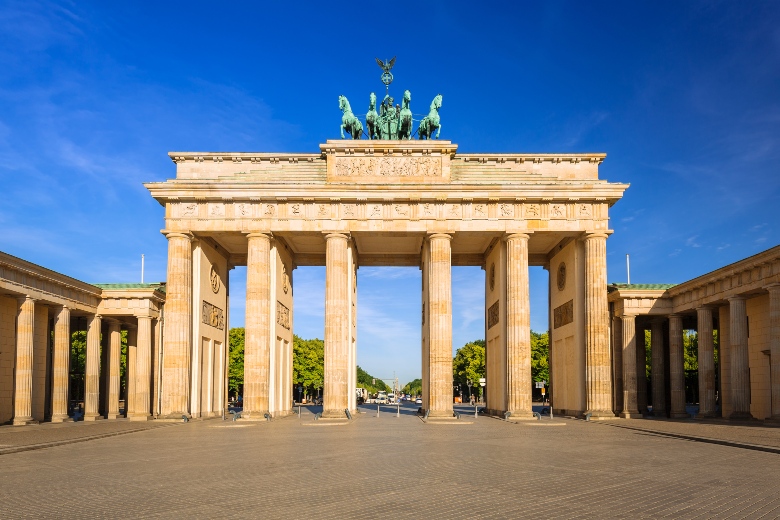
Brandenburg Gate is an absolute must-see! The gate which has stood in Berlin since the 18th century is a magnificent landmark situated in Pariser Platz, one of the city’s most famous squares. The neoclassical gate was formerly a symbol of separation between East and West Berlin, however, since the fall of the Berlin Wall, it now stands as a symbol of Germany’s reunification. Its elaborate design was erected by Carl Gotthard Langhans who is said to have been inspired by Athens’ Acropolis.
Brandenburg Gate makes for a great photo opportunity too, be sure to get the elaborate sculpture of the winged goddess of victory which crowns the gate in the pictures.
Make sure you don’t miss one of Germany’s most recognizable sights!
Reichstag
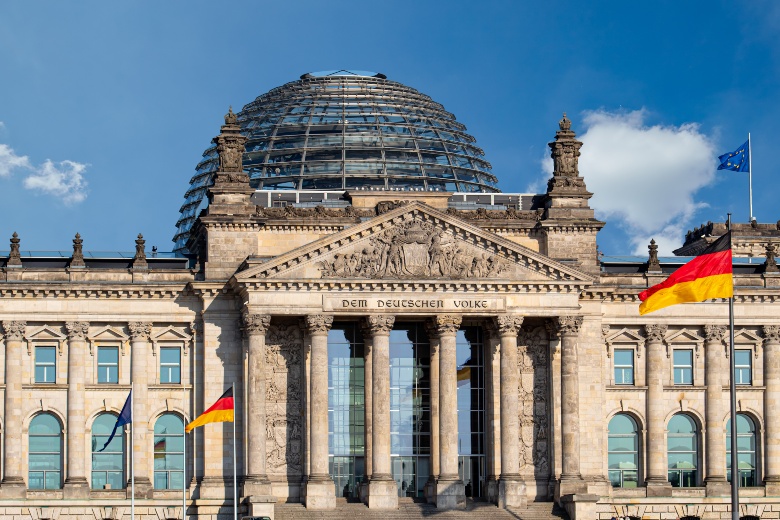
The Reichstag building in Berlin is where the German Parliament sits. The Neo-Baroque building dates from 1894, but the building was destroyed by arson in 1933. For this reason, the current building features a mesh of different architectural styles ranging from the late 20th to late 21st centuries. The unique glass dome included as part of the building is noteworthy as it is representative of the political transparency of the city.
Book a guided tour of the dome and experience a more in-depth look at the history of the building and the German government. You can go to the top of the dome on foot, or by elevator for stunning views of Berlin.
Note: Touring the Reichstag dome is free, however, you must register to do so in advance.
Berlin Wall Memorial
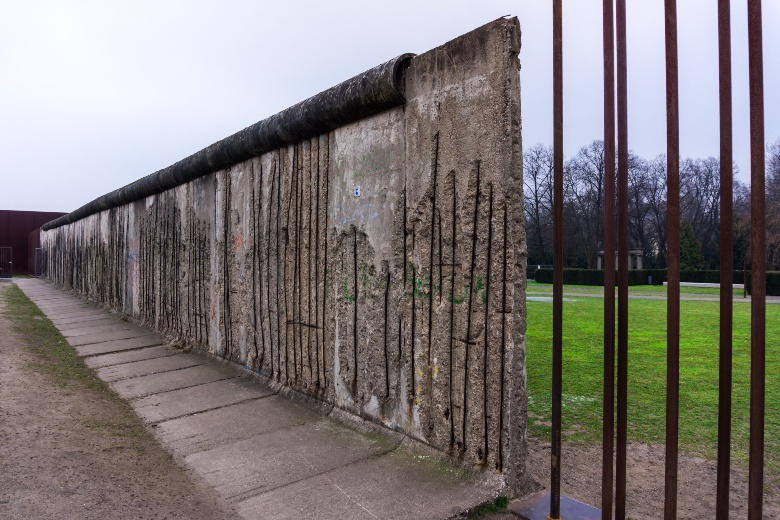
Exploring the remnants of the Berlin wall is an awesome experience whilst in Berlin. The Gedenkstätte Berliner Mauer (Berlin Wall Memorial) stretches for 1.4km along Bernauer Strasse, along the actual course of the former Wall. The wall which once stood was built in 1961, it separated East and West Berlin for 28 years, symbolizing division and control. The memorial contains the actual last piece of the Berlin Wall. Go there to learn more about the history of the construction of the wall and witness an installation that provides an impression of how the wall once stood.
The memorial is particularly special as it is a place to remember those who sadly lost their lives while attempting to cross the wall. This can be done at the Chapel of Reconciliation on the site.
Museum Island
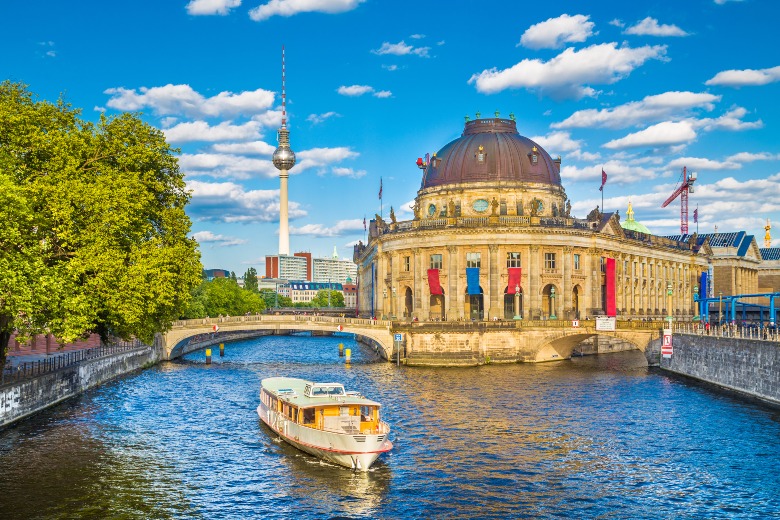
Museum Island is also known as Museumsinsel Berlin. The UNESCO World Heritage Site comprises a complex of five museums. This is another must-visit to add to your list, you will be exploring a span of over 6,000 years of art and history. Museum Island is located in the middle of the Spree River, hence it was given the name ‘island’.
The museums to visit are: Pergamon museum, this is one of the most visited museums in Europe! Alte Nationalgalerie is a National Art Gallery where to view Neoclassical, Romantic, Impressionist, and early Modernist artwork. Bode museum offers the most impressive sculptures and art. Altes and Neues Museum are also really great places to explore ancient art.
Fully appreciate the beauty of all of the museums whilst here!
Berlin Cathedral
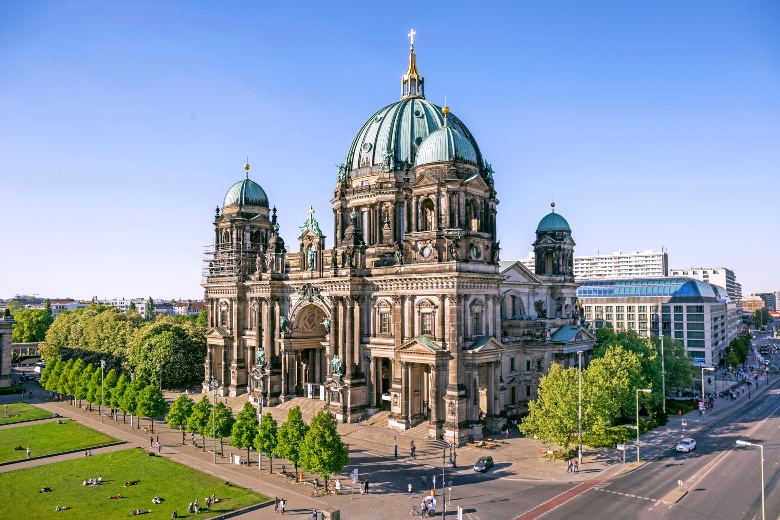
Berlin Cathedral is a baroque-style cathedral that was built from 1894 to 1905 by order of German Emperor William II. It is one of the main landmarks in Berlin and it is impressively magnificent. The cathedral which is also known as Berliner Dom is located on museum island and is still considered Berlin’s most important Protestant church. The Berlin Cathedral also contains the tombs of members of the House of Hohenzollern. Over ninety sarcophagi and tombs are on display including those of the Prussian Kings – Friedrich I and Sophie Charlotte. You will certainly be in awe of the lavish exterior as you approach the cathedral, there are four towers and an almost 100-meter-high dome, and a golden cross.
You can book a guided tour of the cathedral or you may find yourself here later at night as it is a well-frequented venue for concerts.
Note: there are daily worship services and prayers, so make sure to check the time beforehand if you want to attend one of these.
Boat Tour
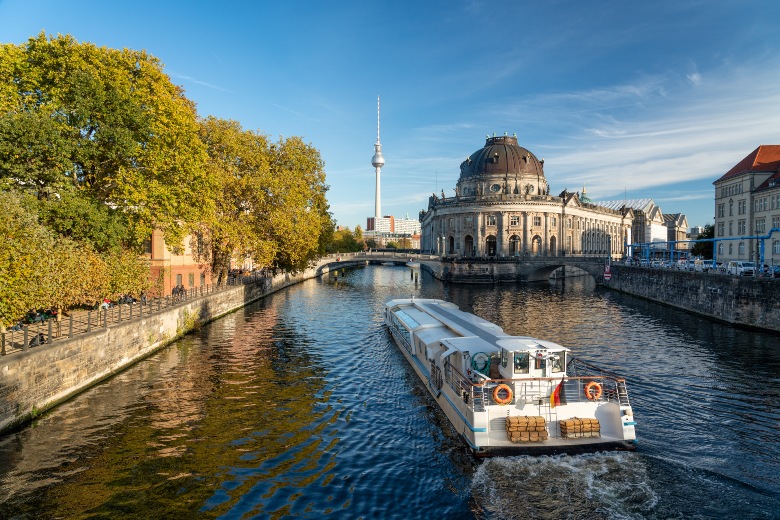
A boat tour around Berlin is one of the best ways to explore the beautiful city. The tour will be on the River Spree, the main river of Berlin. It has a length of approximately 400 kilometers. This tour is not long at all (it lasts approximately 1 hour), so will be great for those who don’t have the leisure of getting through the whole of Berlin over a few days. You will see landmarks such as the Reichstag, Luther Bridge, Berliner Dom, and many many more.
A boat tour is the greatest way to learn about Berlin’s history and visit the highlights of Berlin’s landmarks.
If you’d like to experience the boat without a tour, you are also able to rent a boat for a more laid-back time on the river. With this option, you can also stop and relax in one of the many bars and restaurants that can be found on the banks of the Spree.
Sanssouci Palaces
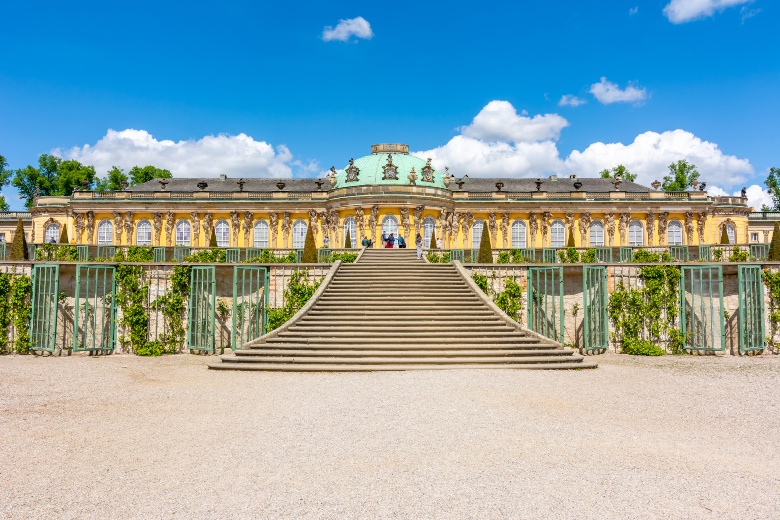
Sanssouci Palace is located in Potsdam, just under a 50-minute drive from Berlin. The majestic palace was built by Prussian King Frederick the Great as a place of sanctuary. The palace’s name is a French phrase (sans Souci) that translates to “without concerns”. This emphasizes the carefree nature of the palace meant as a place of relaxation.
The 18th-century interior seen throughout the palace is of impeccable elegance. The UNESCO World Heritage site has the most beautiful terraced grounds and a very splendid fountain at its center. Marvel at the grandiose palace as you walk around and learn more of an aspect of Germany’s history.
This is an excellent day trip away from Berlin.
Stand up Comedy Show
Berlin’s comedy scene is notably on the rise. If you are looking for a fun evening out, a comedy show is a way to go. The shows are mostly free, and if they do, costs are relatively inexpensive, and you will get the chance to experience many international comedians ranging in experience from professionals to first-timers – it’s a win-win.
Note: For the places which are free, you will have to reserve your free space in advance.
Tiergarten
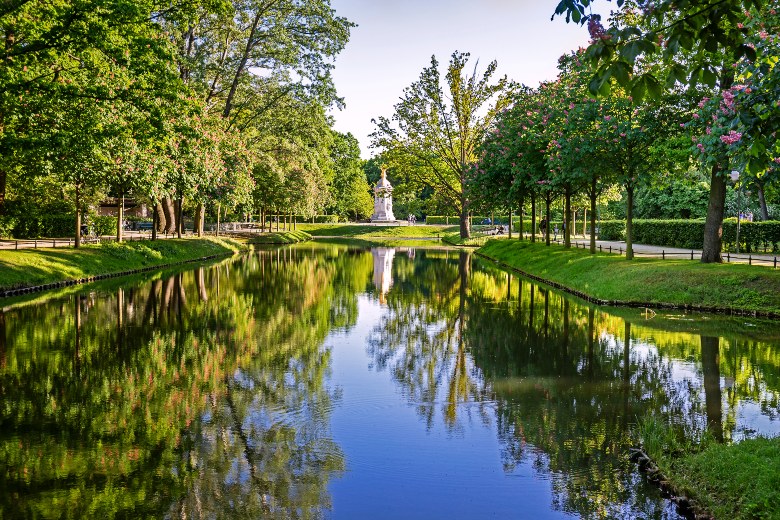
Tiergarten is a large city park in Berlin. Stretching over 500 acres, you will find the park right in the centre of Berlin. The peaceful greenery is a perfect parallel to the city’s busy streets. The park has many animals that live there due to its many ponds hence its literal meaning “Animal Garden”.
At Tiergarten, you will also find a beer garden that serves refreshingly cold German beers. Enjoy a picnic whilst here, or you can either choose to jog or cycle through the city’s most famous park. If you are feeling recharged enough, the Zoo is not too far away!
Stroll around Tiergarten and welcome the tranquility that the park emits.
Berlinale
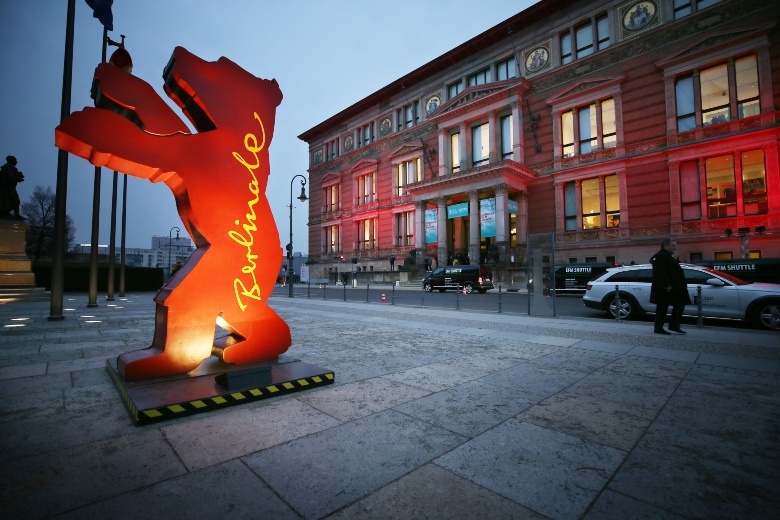
Berlinale was founded in 1951, and it is Berlin’s International Film Festival. The festival is held annually. The festival which has been held every February since 1978 is one of the most internationally renowned, alongside the Venice Film Festival in Italy and the Cannes Film Festival in France.
The festival hosts major film-industry names and is simply a fun place to explore new talents and films you may have never watched.
Pfaueninsel
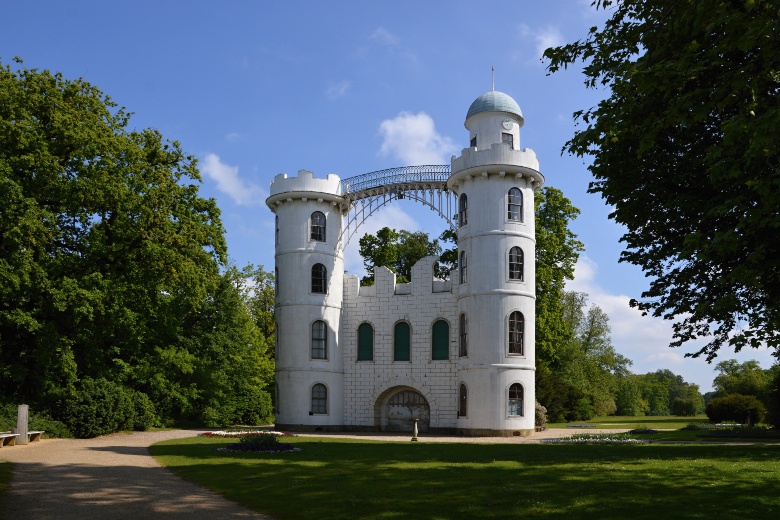
Pfaueninsel, also known as peacock island is just that – an island filled to the brim with gorgeous peacocks! This island is on the River Havel, situated in Berlin-Wannsee. Going to the island is a very nice way to take in Berlin’s nature and bask everything in at your own pace. Explore the island at a leisurely pace, and view the Rare trees and plants whilst counting how many colourful peacocks you may spot. The beautiful island is well-maintained, it houses a cafe, a souvenir shop, a rose garden, and gorgeous footpaths. On the island there is also a white-washed medieval castle, however, this is currently closed for renovations until 2024.
From Berlin’s city centre, Peacock Island is easiest to reach by S-Bahn to Wannsee, and then by bus and ferry – no bikes are allowed on the island.
Night Life
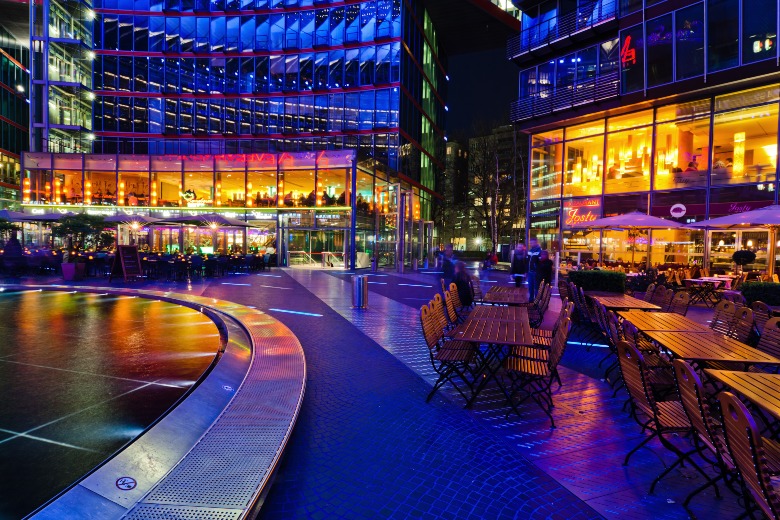
The nightlife in Berlin is thriving – you will be partying till the sun comes up! In Berlin, less is definitely more, you really don’t have to do much in order to guarantee a good night. Whether you want a more laid-back dinner and drinks with a view or you prefer a wilder night of clubbing, there is always a choice in the streets of Berlin.
If you are a lover of all things techno and raving, Friedrichshain, might be the place you hit up first. For those who are more low-key alternative bar-goers, Schlesisches Tor is the area for you. Nightlife is reportedly intense in virtually every neighborhood in Berlin. No matter where you are, you will be sure to find something fun to do, so keep your spontaneous shoes on!
Discover the vibrance pulsing on the streets of Berlin.
Berlin Philharmonie
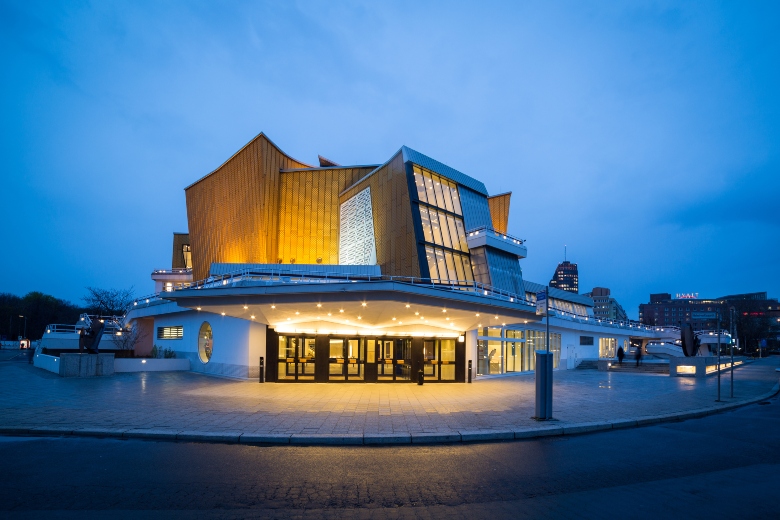
Berlin Philharmonie is a concert hall in Berlin, which houses the Berlin Philharmonic Orchestra. You will find the hall just west of the former Berlin Wall. This has been the musical heart of Berlin since 1963. Its unusual tent-like shape and distinctive bright yellow colour are striking. The grand but futuristic architecture found at Berlin Philharmonie was designed by Hans Scharoun – he sought to place music at the centre of his design. The Philharmonie consists of two venues, the Grand Hall which has 2,440 seats, and the Chamber Music Hall with 1,180 seats.
The Berlin Philharmonic Orchestra has many accolades and has won ECHO Awards, Grammys, BRIT Awards, and Gramophone Awards.
A trip to Berlin Philharmonie will leave you with a new appreciation of music.
Mauerpark
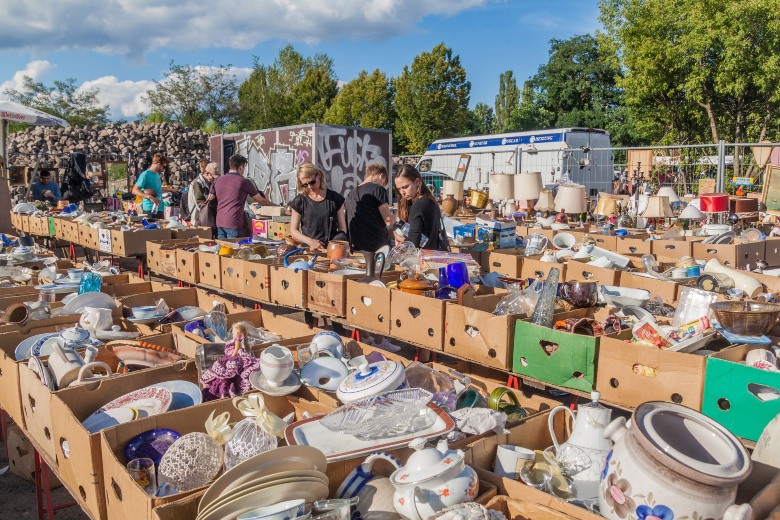
Mauerpark is a public park in Berlin located in the Prenzlauer Berg district. The park which was once the site of the Berlin Wall is now a large, green open space. It is a really popular park area among young Berliners, and you will find many there playing a sport, having lunch, or even live music playing.
A flea market takes place right across from Mauerpark weekly. Every Sunday the market is packed with crowds of tourists and Berliners looking for bargains on secondhand clothes, vintage bags, and jewelry. You will also find karaoke sessions taking place every Sunday afternoon – why not hop on the mic and sing your heart out.
Apart from the market stalls selling food where you can grab things like samosas, pakoras, and waffles, around the market, you will find a number of cafes in which you can grab a bite once you have finished your shopping.
East Side Gallery
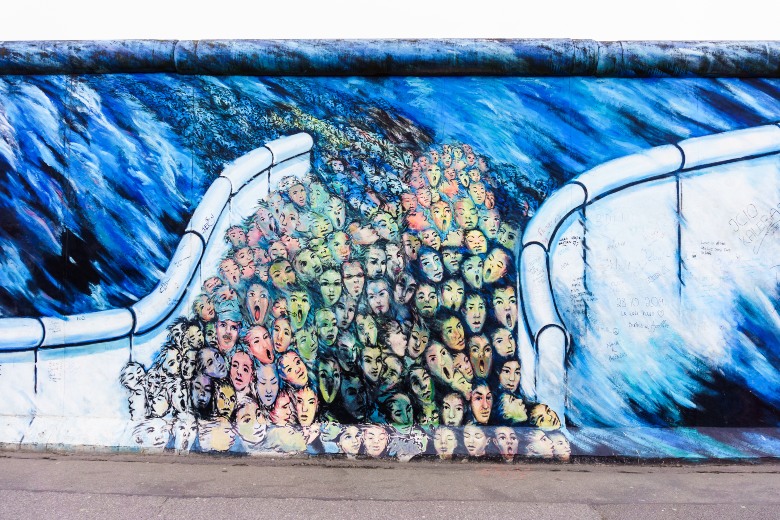
The East Side Gallery is a permanent open-air gallery on the longest surviving section of the Berlin Wall. This 1.3-kilometer stretch is the world’s longest outdoor gallery. Every patch of the wall has been adorned with art. Some of the works at the East Side Gallery are particularly popular, such as Dmitri Vrubel’s Fraternal Kiss, such the murals have gone down in history. Other murals are constantly being replaced and updated due to weather conditions.
You can begin your walk of the gallery at Warschauer Straße and Ostbahnhof railway stations. These starting points will allow you to fully take in the colourful artistry. You can also visit the gallery at all times of the day and night – it’s really up to you.
As you walk along with the East Side Gallery, rediscover the complex art and the history of the Berlin Wall.
Memorial to the Murdered Jews of Europe
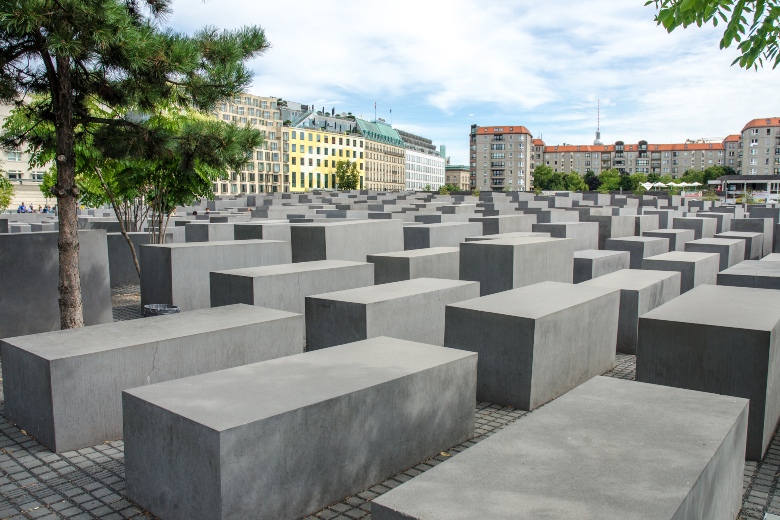
The Memorial to the Murdered Jews of Europe is also known as the Holocaust Memorial. It is located between Potsdamer Platz and the Brandenburg Gate. The 205,000-square-foot open space structure contains 2,711 concrete blocks made in order to memorialize the 6 million Jewish victims of the Third Reich. All the blocks are of even width and length, and vary only in height; some of the blocks stand as tall as 15 feet. This whole memorial was designed by American architect Peter Eisenman.
The memorial’s design is abstract and offers no real explanation or prescribed walking path, it is inviting for those who want to pay their respect to the lives lost.
There is also a gallery underground that offers background history on Jewish victims of the holocaust, including biographies and letters of some of the victims.
Gendarmenmarkt
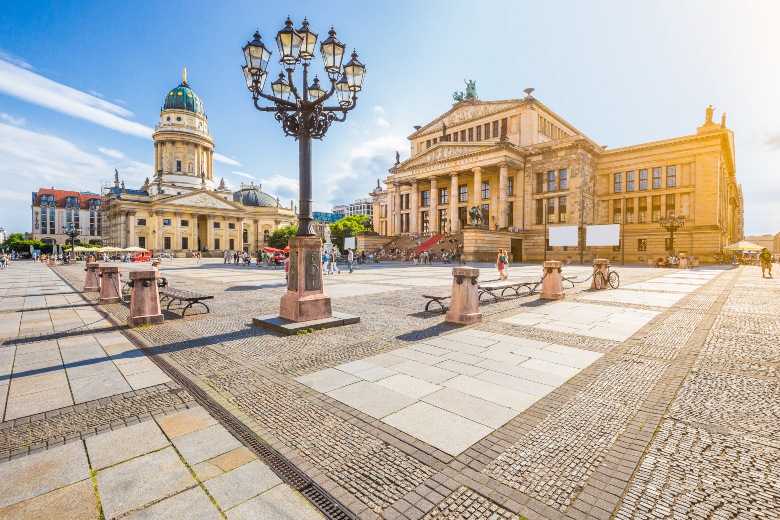
The Gendarmenmarkt is a square in Berlin, which dates all the way back to 1700. It is hailed as Berlin’s most beautiful public square. Strolled by Berliners and tourists, the square is home to an architectural ensemble including the Berlin concert hall and two cathedral buildings (the Deutscher Dom and the Französischer Dom). The French Church (Französischer Dom) houses the Huguenot museum, whilst the German church Deutscher Dom houses the Bundestag’s exhibition on German parliamentary history Milestones.
In the centre of the square, you will also find a monumental statue of poet Friedrich Schiller.
No matter what time of the year you visit Berlin, The Gendarmenmarkt square is bound to be alive. In summer, you may witness orchestras playing beautiful classical melodies at the Classic Open Air. alternatively in winter, the square is transformed into a Christmas market, acting as a winter wonderland.
Olympic Stadium
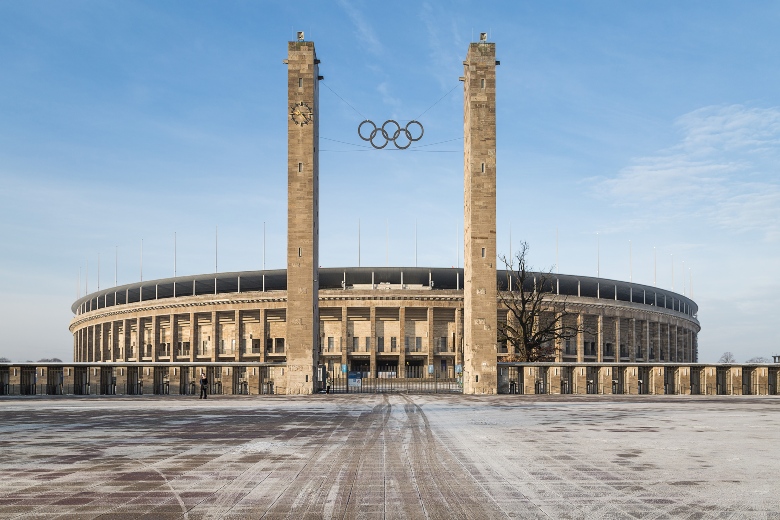
Berlin’s Olympic Stadium was originally built by Werner March for the 1936 Summer Olympics. The stadium was built between 1934 and 1936 and since then, has seen much world-changing history. This is the largest stadium in Germany for international football matches. Today the stadium stands as part of Olympiapark Berlin. 2004 renovations saw a downscale of the stadium’s capacity from 100,000 to 74,475.
Apart from the Olympics, the Olympiastadion hosted the World Cup final in 2006, and the World Championships in Athletics in 2009. In spring, the stadium regularly hosts the German DFB cup final and in summer, it is transformed into an open-air stage for some of the world’s top events.
Visit Berlin’s Olympic Stadium for a tour during the week and witness the home of the city’s leading Bundesliga club Hertha BSC.
Alexanderplatz
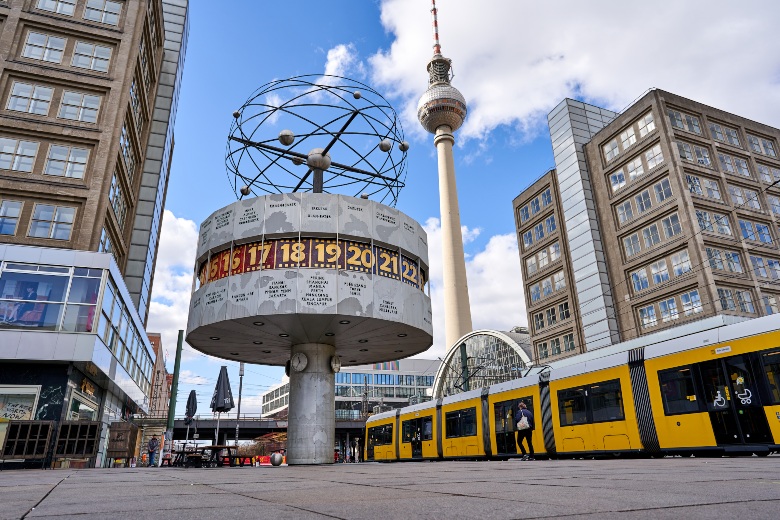
Alexanderplatz is the largest square in Germany and the city of Berlin’s main shopping centre. It is a lively place with many attractions such as shops, cinemas, and restaurants. The square is named after Tsar Alexander I, who visited the Prussian capital in 1805, people normally also refer to it simply as “Alex”.
You will surely visit Alexanderplatz at least once whilst you are here in Berlin as it is an important transport junction – for the S-Bahn, U-Bahn, regional trains, trams, and buses.
Many of the city’s greatest tourist attractions are within walking distance of the square, so why not go and explore it for yourself.

